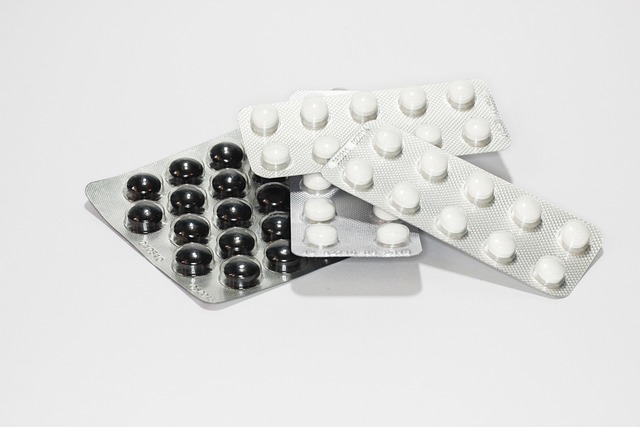Attention Deficit Hyperactivity Disorder (ADHD) is a prevalent neurodevelopmental condition that affects millions of children and adults worldwide. Managing ADHD can be a challenging journey, but with the right treatment options, individuals can lead fulfilling lives. One such treatment is Atomoxetine, a non-stimulant medication approved for the management of ADHD. In this article, we will delve into the specifics of Atomoxetine, including its dosage, treatment protocols, and potential side effects.

Atomoxetine works by selectively inhibiting the reuptake of norepinephrine, a neurotransmitter that plays a significant role in attention and impulse control. Unlike stimulant medications, Atomoxetine does not have a high potential for abuse, making it a suitable option for individuals who may be at risk for substance misuse.
Dosage Guidelines
The dosage of Atomoxetine varies depending on the age and weight of the individual. Typically, for children aged 6 to 17, the recommended starting dose is 0.5 mg/kg/day, which can be increased to a target dose of 1.2 mg/kg/day after a minimum of three days. For adults, the usual starting dose is 40 mg per day, which can be adjusted based on the patient’s response and tolerability.
It’s important to note that Atomoxetine may take several weeks to reach its full effect. Patients are encouraged to maintain regular follow-ups with their healthcare provider to monitor progress and make any necessary adjustments to the dosage.
Treatment Protocol
Atomoxetine is often prescribed as part of a comprehensive treatment plan that may include behavioral therapy, lifestyle modifications, and educational support. This holistic approach aims to address various aspects of ADHD and improve overall functioning. Behavioral interventions can help establish routine, improve organizational skills, and develop coping strategies for managing symptoms.
Moreover, a healthy lifestyle that includes regular exercise, a balanced diet, and sufficient sleep can significantly enhance the effectiveness of Atomoxetine in managing ADHD symptoms.
For those interested in learning more about ADHD management, check out this informative video:
Potential Side Effects
As with any medication, Atomoxetine may cause side effects. Commonly reported side effects include stomach upset, fatigue, decreased appetite, and sleep disturbances. Most side effects are mild and tend to decrease over time as the body adjusts to the medication.
However, some individuals may experience more severe side effects, such as increased heart rate, elevated blood pressure, or mood changes. It is crucial for patients and caregivers to be vigilant and report any concerning symptoms to a healthcare professional promptly.
Atomoxetine is also associated with a warning for potential liver damage and suicidal thoughts in children and adolescents. Regular monitoring is essential, especially during the initial stages of treatment.
In summary, managing ADHD with Atomoxetine can be an effective strategy when approached thoughtfully. Awareness of the medication’s dosing guidelines, treatment protocols, and potential side effects is vital for anyone considering this treatment option. With the right support and resources, individuals with ADHD can thrive and navigate their unique challenges successfully.
For additional information, consider visiting the following resources: